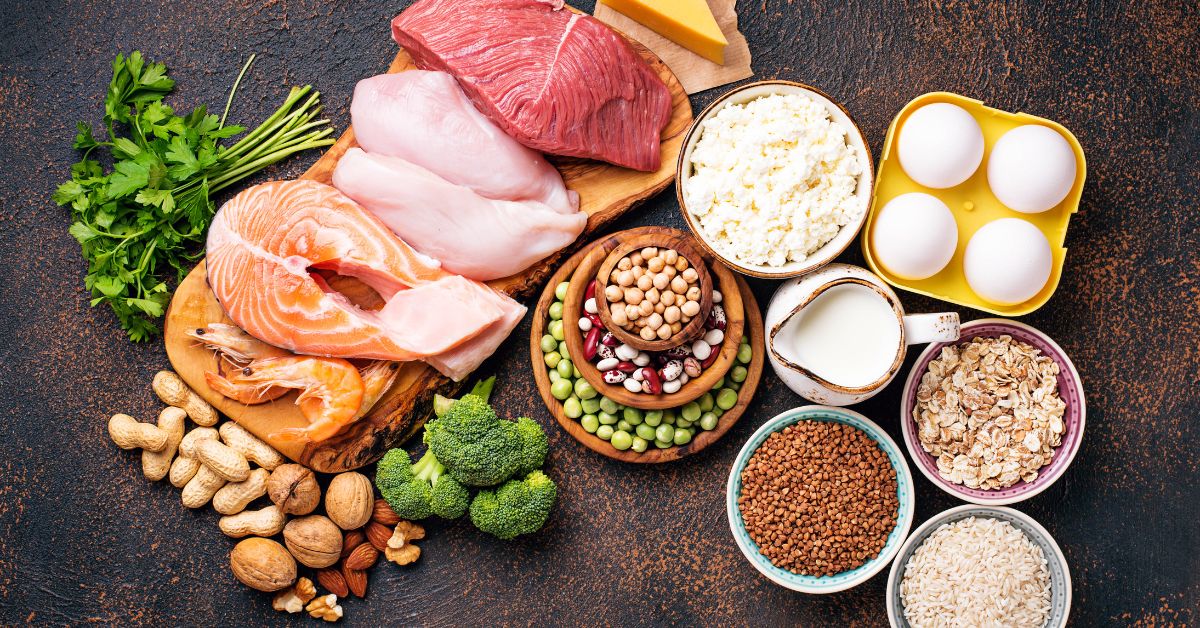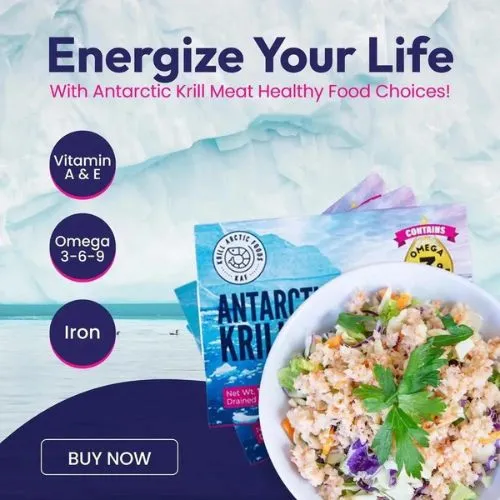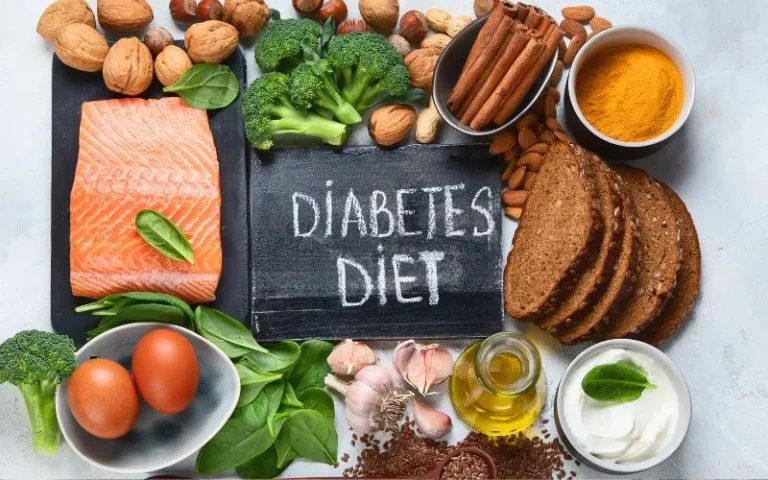Did you know that only part of the protein you eat is actually absorbed and used by your body? Protein digestibility—the measure of how efficiently your body can break down and use the protein in foods—can make a real difference in achieving your health goals. With growing awareness of protein’s role in muscle maintenance, metabolism, and immune support, understanding digestibility is key to making the most of your protein intake.
Not all proteins are equal. Some are fully absorbed and packed with amino acids that power recovery and energy, while others are harder to digest, limiting their benefits.
This guide will walk you through the science behind protein digestibility, why it matters, and how to choose and prepare protein sources for maximum health impact.
What is Protein Digestibility?
Protein digestibility refers to how well your body can break down protein and absorb it for use. When you eat protein, your digestive system works to extract amino acids—the essential building blocks that support everything from muscle repair to energy levels. However, proteins vary widely in how easily they break down.
Highly digestible proteins are processed efficiently by the body, meaning you get maximum benefit from each gram consumed. But other proteins can be challenging to digest, with certain compounds or structures slowing down absorption or reducing nutrient availability. Digestibility is key because the easier a protein is to break down, the more readily your body can put its amino acids to work for health and wellness.
Focusing on digestible proteins helps you get the most nutrition from every meal, supporting your body’s needs more effectively.
Five Factors Affecting Protein Digestibility
Digesting protein well is key to getting the most out of it. Let’s dive into the main factors that influence how your body absorbs and uses protein.
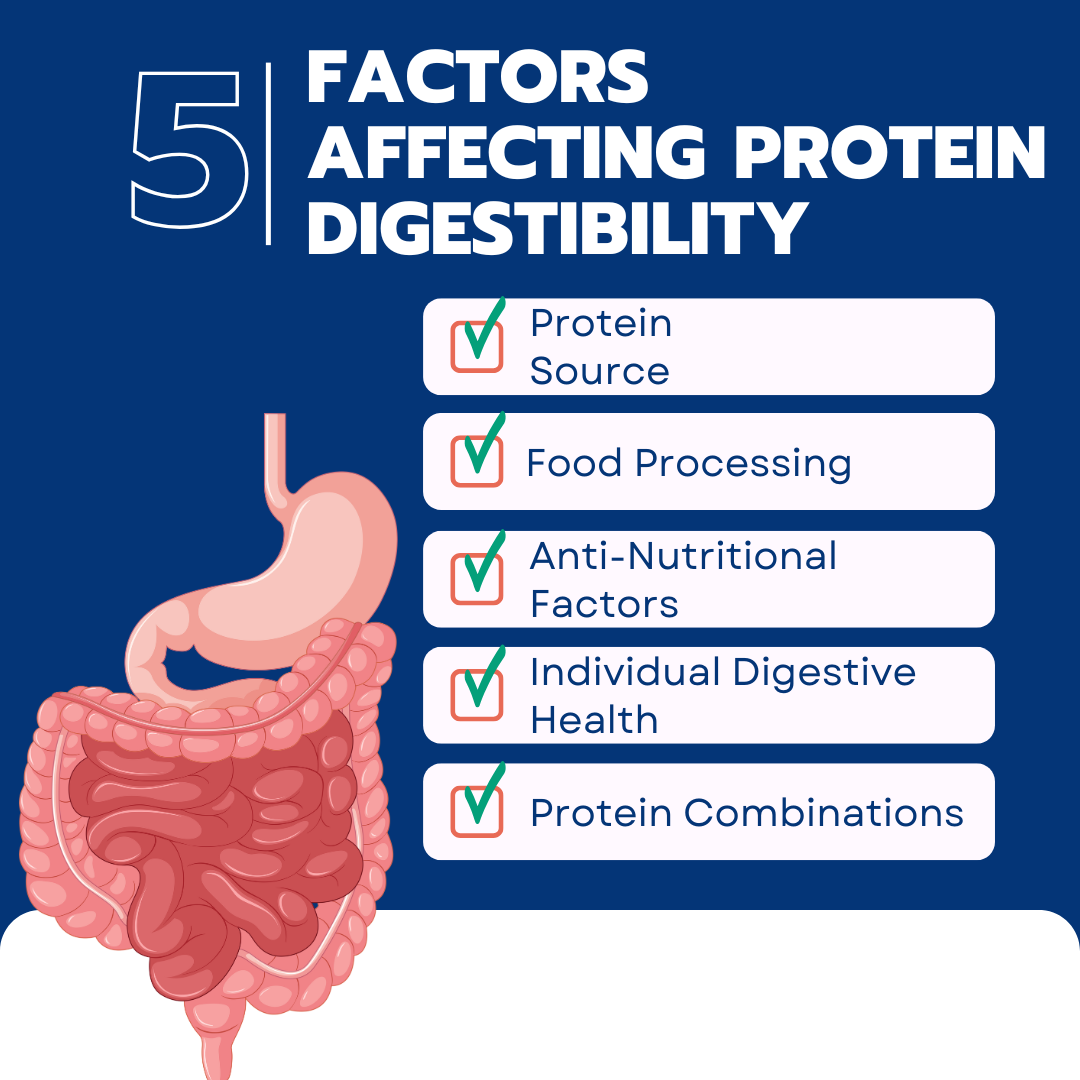
1. Protein Source
The type of protein you consume—animal or plant—plays a big role in how easily your body can digest it. Animal proteins naturally provide all essential amino acids and are generally easier to digest, which means the body can make better use of them. Plant proteins, on the other hand, often miss certain amino acids and contain fibers and other compounds that can slow down digestion. This difference makes it important to consider both the source and combination of proteins in your diet, especially for plant-based eaters.
2. Food Processing
How a protein is processed, particularly through cooking, sprouting, or fermenting, affects its digestibility. Cooking proteins makes them easier for enzymes to break down, but high heat can damage some amino acids, so moderate cooking is best. Sprouting grains, beans, or seeds can also enhance digestibility by activating enzymes that break down tough compounds. Fermented foods like tempeh offer another advantage, as fermentation pre-digests some of the protein, making it even easier for your body to absorb the nutrients.
3. Anti-Nutritional Factors
Certain plant compounds, known as anti-nutritional factors, can limit protein digestibility. Phytates, tannins, and oxalates are examples that bind to proteins and minerals, making them harder for the body to absorb. However, soaking, cooking, and fermenting foods with these compounds can help reduce their impact. For instance, soaking beans or fermenting soy can significantly lower these inhibitors, improving the overall availability of nutrients.
4. Individual Digestive Health
Digestive health varies from person to person, and factors like age, gut health, and digestive enzyme levels can affect how well protein is absorbed. Those with digestive issues, such as irritable bowel syndrome (IBS) or lactose intolerance, may find certain proteins harder to digest and benefit from choosing milder, easily digestible options like eggs or well-cooked legumes. Supporting gut health through fiber and probiotic-rich foods can also help improve protein absorption.
5. Protein Combinations
Combining different proteins can enhance digestibility, particularly with plant-based diets. Since some plant proteins lack specific amino acids, pairing them—like eating rice with beans or hummus with whole-wheat pita—creates a balanced amino acid profile. This approach ensures that you’re getting a complete range of essential amino acids, even from plant-based sources, helping your body make the most of the protein you consume.
How to Measure Protein Quality
Protein quality isn’t just about quantity—it’s about how well your body can actually use it. Here’s a rundown of the main ways we measure that efficiency.
PDCAAS (Protein Digestibility-Corrected Amino Acid Score):
PDCAAS rates proteins based on their amino acid profile and digestibility, giving a score between 0 and 1. A perfect score of 1 means the protein fully meets human amino acid needs. Animal proteins, like eggs and milk, typically score 1, while many plant proteins rank lower due to missing amino acids or compounds that hinder absorption.
DIAAS (Digestible Indispensable Amino Acid Score):
DIAAS offers a closer look at protein quality by measuring the digestibility of each amino acid separately, with no score cap. This method often reveals higher scores for animal proteins and helps identify where plant proteins may need a boost (like pairing with other foods) for balanced nutrition.
Biological Value (BV) and Net Protein Utilization (NPU):
BV and NPU focus on how well the body can use a protein once it’s absorbed. High BV proteins, such as eggs, are especially bioavailable and efficient, though these measures don’t delve into specific amino acids like PDCAAS or DIAAS.
Choosing high-quality proteins means giving your body a reliable source of essential nutrients. For even more insights into optimizing your protein intake, explore our resources!
Protein Sources and Their Digestibility Scores
Animal or plant-based? Each protein type offers unique benefits—and knowing which ones digest best can help you make smart, health-focused choices. Let’s learn in detail.
Animal-Based Proteins
Animal proteins are generally easier to digest and provide complete amino acid profiles, making them great for muscle growth, immune health, and recovery.
Whey and Casein (Milk Proteins):
Whey and casein, both derived from milk, each score a perfect 1 on the PDCAAS scale. Whey digests quickly, making it ideal for post-workout recovery, while casein digests slowly, providing a steady release of amino acids to support muscle repair overnight.
Eggs:
Often considered the “gold standard” of protein, eggs have a Biological Value (BV) of 100, meaning the body uses them very efficiently. With all essential amino acids, eggs are fully absorbed and support muscle repair, immune function, and overall wellness.
Lean Meats (Chicken, Beef, and Fish):
Chicken, beef, and fish score close to 1.0 on the PDCAAS scale. These meats provide high-quality, complete proteins. Fish, in particular, also offers omega-3 fatty acids, which support heart and brain health, making it a smart choice for both protein and essential fats.
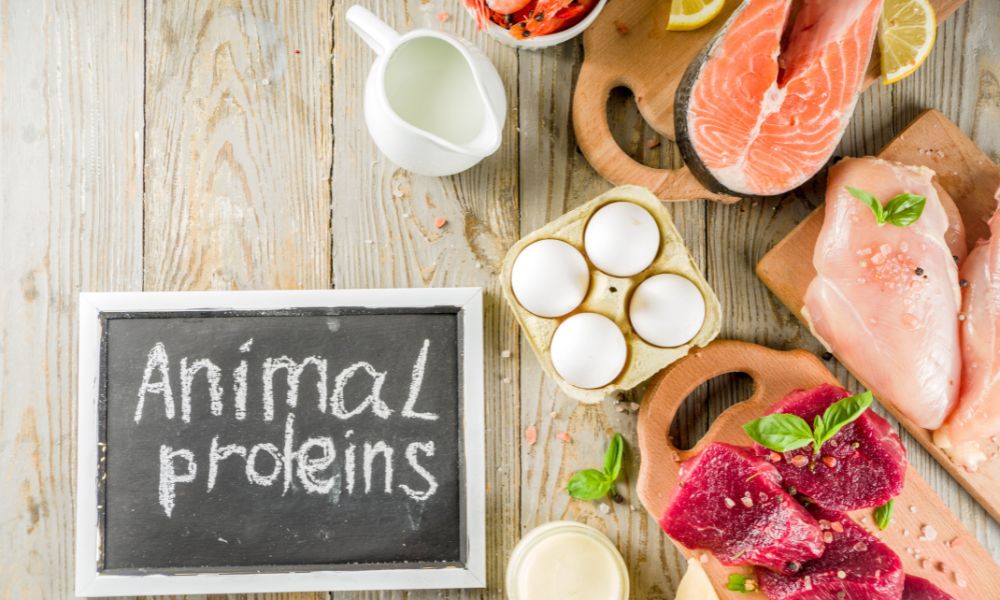
Plant-Based Proteins
While plant proteins offer variety and are often rich in fiber, they may lack one or more essential amino acids. Combining them with other foods can help create a complete amino acid profile.
Soy:
As one of the most complete plant proteins, soy scores around 0.91 on the PDCAAS scale. It contains all essential amino acids, though it’s slightly low in methionine. Soy also contains phytates, which can limit nutrient absorption. Fermented soy products, like tempeh, improve digestibility and bioavailability.
Legumes (Beans, Lentils, Chickpeas):
Beans, lentils, and chickpeas are affordable, protein-rich options with PDCAAS scores between 0.6 and 0.7. While they’re low in methionine, they pair well with grains to form a complete protein. Their high fiber content also supports digestion and keeps you fuller for longer.
Grains (Rice, Wheat, Quinoa):
Grains vary in protein quality, generally scoring between 0.4 and 0.6 on the PDCAAS scale. Rice and wheat are low in lysine, a key amino acid, making them incomplete proteins. Quinoa is an exception, providing a broader amino acid profile, although it scores slightly higher at 0.7.
Nuts and Seeds (Almonds, Sunflower Seeds, Chia):
Nuts and seeds offer moderate protein but have lower digestibility due to their fiber content and lack of lysine. Chia and hemp seeds are nutrient-dense, providing additional omega-3s, making them a valuable addition for balanced nutrition.
(Tip: Combining different plant proteins, like rice with beans or hummus with whole-wheat pita, helps create a complete amino acid profile, covering all essential nutrients.)
From easily absorbed animal proteins to plant-based options that benefit from pairing, these choices offer valuable nutrients for every diet. Try mixing up your protein sources to enjoy a balanced, nutrient-rich diet that supports energy, muscle repair, and overall wellness. Explore our product offerings to enhance your protein intake and make the most of each meal!
How To Optimize Protein Intake
From cooking methods to food pairings, optimizing protein isn’t as hard as it sounds. Let’s dive into some simple tips.
Cook Smart:
Using moderate techniques like steaming, grilling, or baking keeps protein structure intact. Avoid high-heat cooking, which can break down amino acids and make protein tougher to digest.
Try Sprouting:
Sprouting grains, beans, and seeds helps unlock nutrients and reduces compounds that inhibit absorption. It’s like giving your food a “head start” on digestion!
Add Fermented Foods:
Fermented options like tempeh and miso improve digestibility by breaking down complex proteins. They also add beneficial bacteria that support gut health.
Pair Plant Proteins:
Combining foods like beans and rice creates a complete protein with all essential amino acids. For plant-based eaters, these pairings ensure balanced nutrition.
Choose Easy-to-Digest Sources:
If you have a sensitive stomach, opt for gentle proteins like eggs, yogurt, or fish. These are easy on digestion and provide high-quality amino acids for the body.
Start Optimizing Today! Small adjustments can make a big impact on your health. Try these simple techniques to get more from every meal, fueling your body with quality protein and balanced nutrition.
Meal Planning for Balanced Protein
Aim for diversity by including dairy, eggs, lean meats, legumes, grains, and nuts in your meals. A varied diet provides essential amino acids, vitamins, and minerals for optimal health.
Specific Population Considerations
Athletes:
After intense workouts, athletes need quick-digesting proteins like whey to help muscles recover and grow efficiently. Whey delivers amino acids rapidly, assisting with muscle repair and reducing post-exercise soreness—perfect for those who are constantly pushing their limits.
Elderly:
As we age, it can become harder to digest and absorb proteins, leading to risks of muscle loss and reduced mobility. Easily digestible options like eggs, dairy, and fish provide the necessary amino acids to maintain strength and health. These protein sources are gentle on digestion and support the body’s needs, keeping muscles strong and energy steady.
Vegetarians/Vegans:
A plant-based diet can still provide all essential amino acids with mindful food pairings, like combining beans with rice. Fermented options like tempeh or sprouted grains can further boost digestibility, making these proteins easier for the body to absorb. By diversifying their sources, plant-based eaters can ensure a balanced protein intake.
Individuals Managing Weight:
High-digestibility proteins like lean meats, eggs, and yogurt are ideal for those aiming for weight control, as they enhance fullness without excess calories. Choosing high-quality proteins can help with satiety, making it easier to manage portions and maintain energy levels throughout the day.
People with Digestive Sensitivities:
For those with sensitive digestion or food intolerances, mild proteins like fish, eggs, or specially formulated plant proteins can be easier to handle. Options such as pea protein isolate or thoroughly cooked legumes may offer gentler alternatives that still provide ample nutrition.
Your dietary needs may vary, but digestible, high-quality proteins can be tailored to support strength, recovery, and overall well-being. Explore proteins that suit your lifestyle and enjoy the benefits of balanced nutrition tailored to you.
Protein Digestibility and Global Health: A Path to Sustainable Nutrition
Digestible, high-quality protein is essential not only for individual health but also in addressing global malnutrition and food insecurity. In many regions, protein deficiencies lead to stunted growth, low energy, and weakened immunity. Making digestible, nutrient-rich proteins more accessible can help combat these issues on a large scale.
Affordable and Accessible Protein Solutions
While animal proteins are highly digestible, their cost and environmental impact make them challenging to provide sustainably. Plant-based proteins, however, are affordable and eco-friendly. Enhancing their digestibility through fortification, fermentation, and soaking can make them more nutritious and accessible to those in need.
Innovative Approaches to Boost Nutritional Quality
Several innovative solutions are helping to improve plant protein quality:
- Fortification Programs: Adding essential amino acids and nutrients to staple crops like rice or beans increases their protein value.
- Fermentation and Microbial Techniques: Fermentation using beneficial bacteria or fungi can reduce anti-nutrients, making proteins easier to digest.
- Biotechnological Advances: Selective breeding and genetic modification are creating protein-rich crop varieties that better support dietary needs.
Education for Empowerment
Educating communities on simple techniques—such as soaking and sprouting—empowers families to boost protein digestibility with local foods, enhancing nutrition without extra cost.
Towards a Sustainable Food System
Balancing nutrition with environmental impact, these sustainable protein solutions offer a path to better health and food security globally. By improving digestibility and accessibility, we can work toward a future where everyone has access to high-quality protein.
Conclusion
Prioritizing high-digestibility proteins helps your body make the most of each meal, fueling muscle repair, immune health, and energy. Tools like PDCAAS and DIAAS guide you in choosing quality proteins, while techniques like sprouting and fermenting boost nutrient absorption, especially with plant proteins. By focusing on digestibility and variety, you can create a balanced diet that supports your health goals and contributes to sustainable nutrition.

